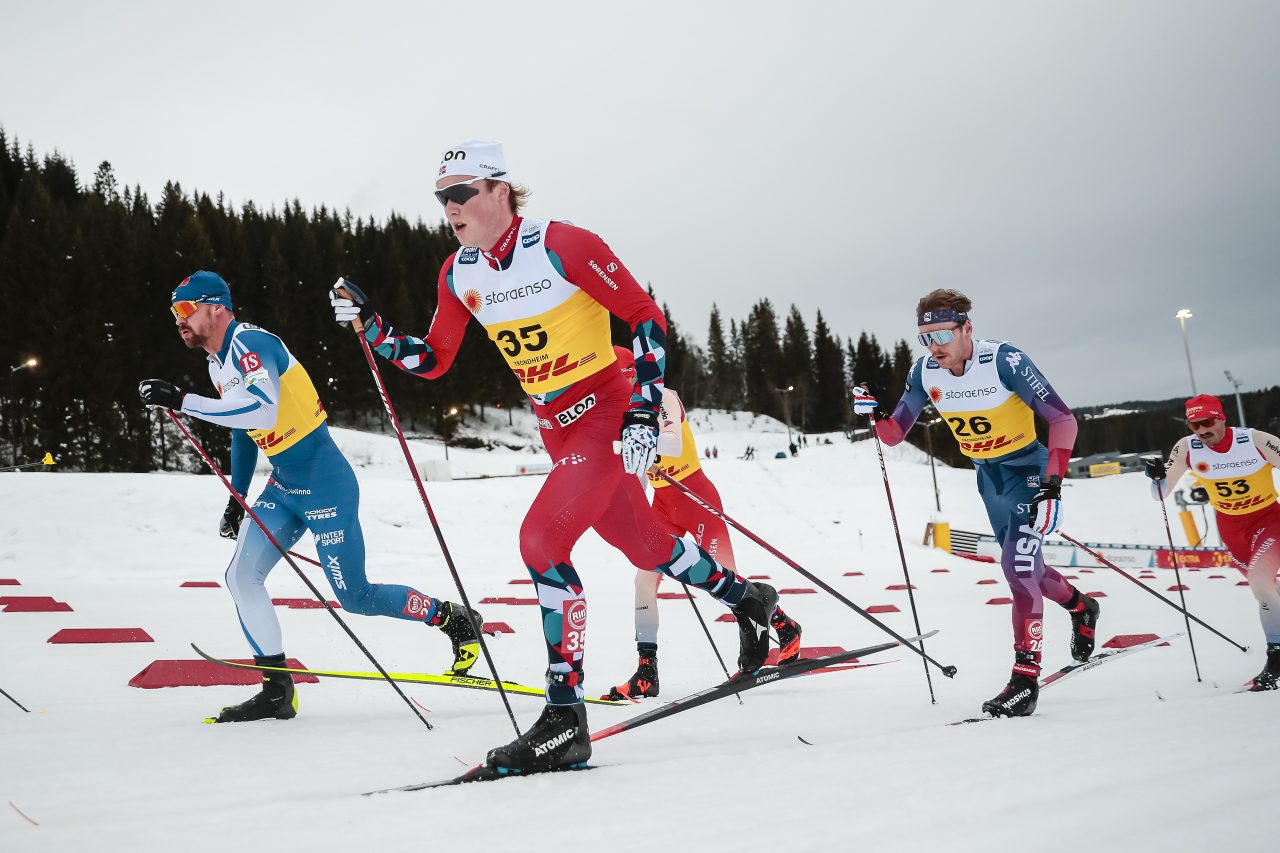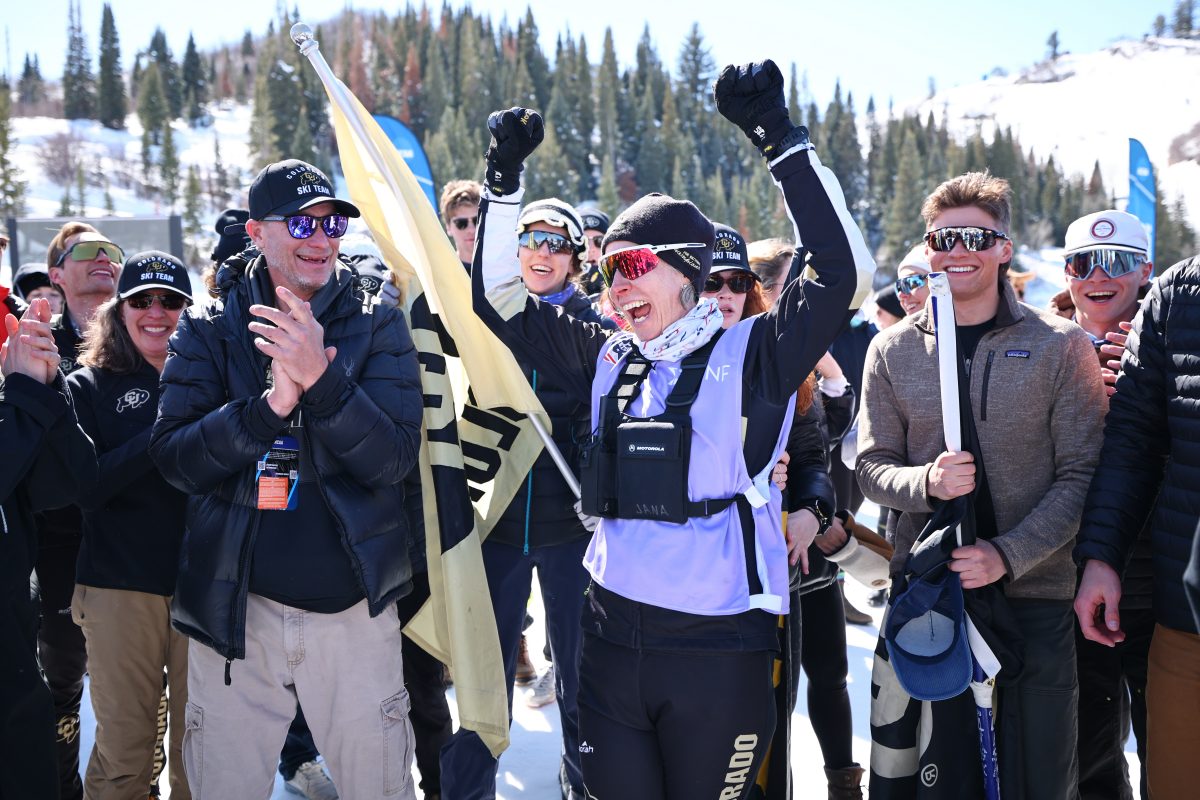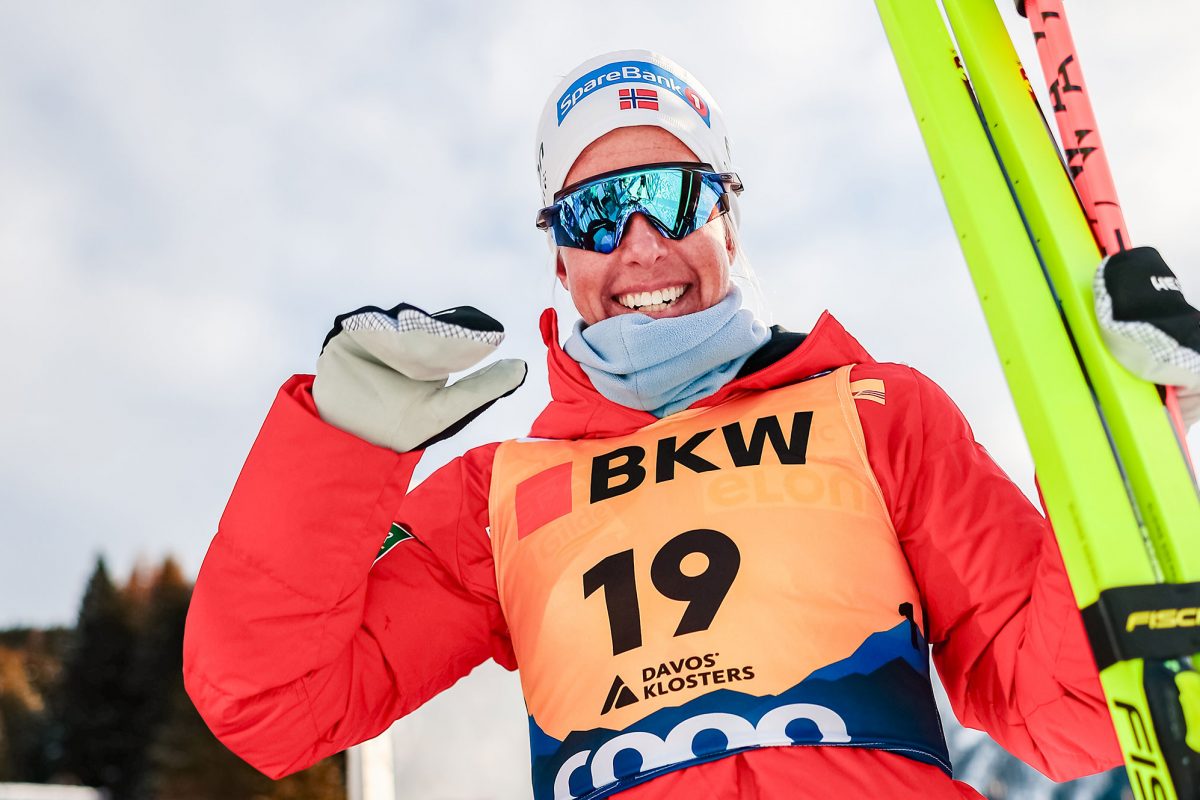 This coverage is made possible through the generous support of Marty and Kathy Hall and A Hall Mark of Excellence Award. To learn more about A Hall Mark of Excellence Award, or to learn how you can support FasterSkier’s coverage, please contact info@fasterskier.com.
This coverage is made possible through the generous support of Marty and Kathy Hall and A Hall Mark of Excellence Award. To learn more about A Hall Mark of Excellence Award, or to learn how you can support FasterSkier’s coverage, please contact info@fasterskier.com.
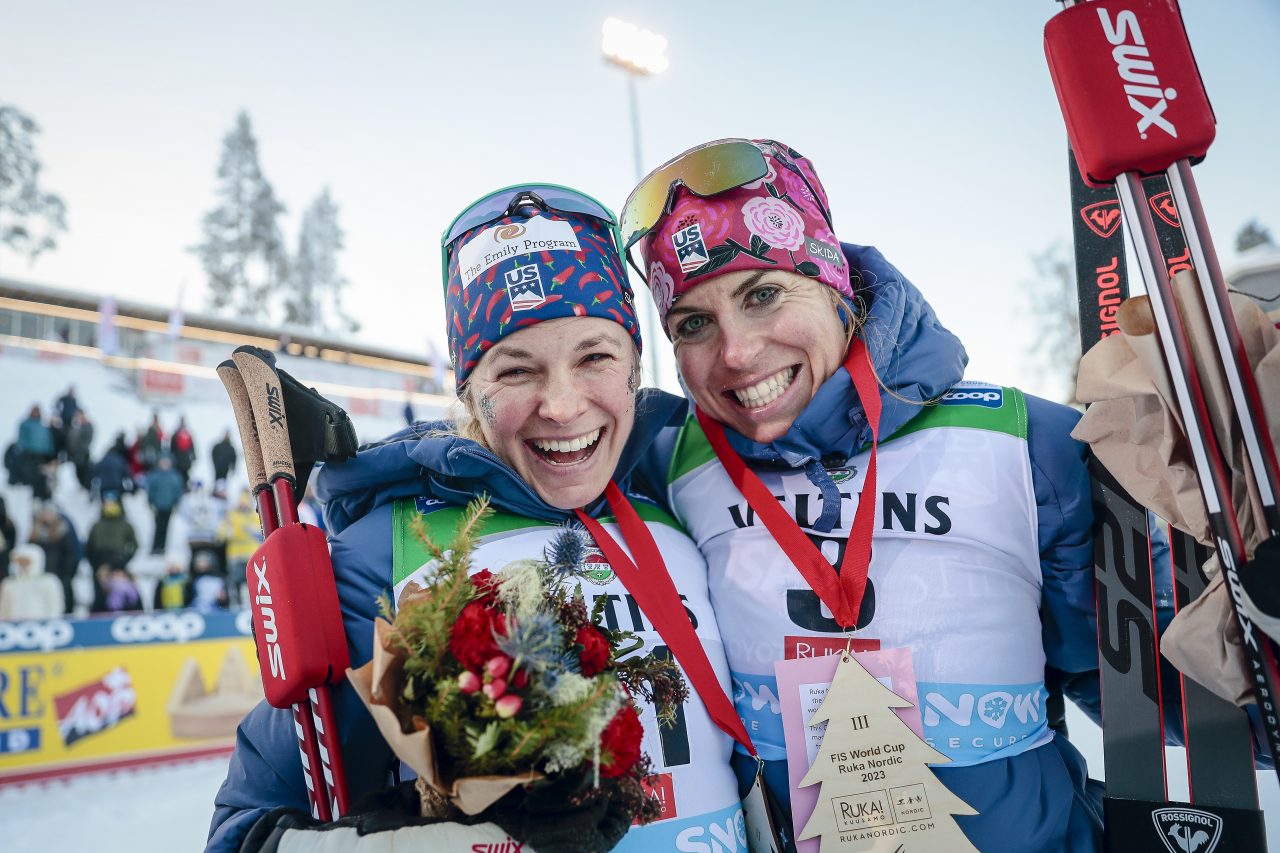
Last week, the International Ski Federation (FIS) held its annual spring meeting. Among the topics were finalizing next year’s calendar and fine tuning of some of the sport’s rules. All actions taken at the meeting are still subject to ratification by the FIS Council; but failure to ratify is unlikely, and the proposed calendar and changes will likely be put into practice.
The upcoming race season will be broken up into four different Periods, plus the World Championships, which will be held in Trondheim, Norway.
Ruka, Finland, Lillehammer, Norway, and Davos, Switzerland, will host races for Period One. Some different race formats to watch for in Period One will be a 20-kilometer Skiathlon in Lillehammer—one of three Skiathlons next winter—and a Team Sprint in Davos.
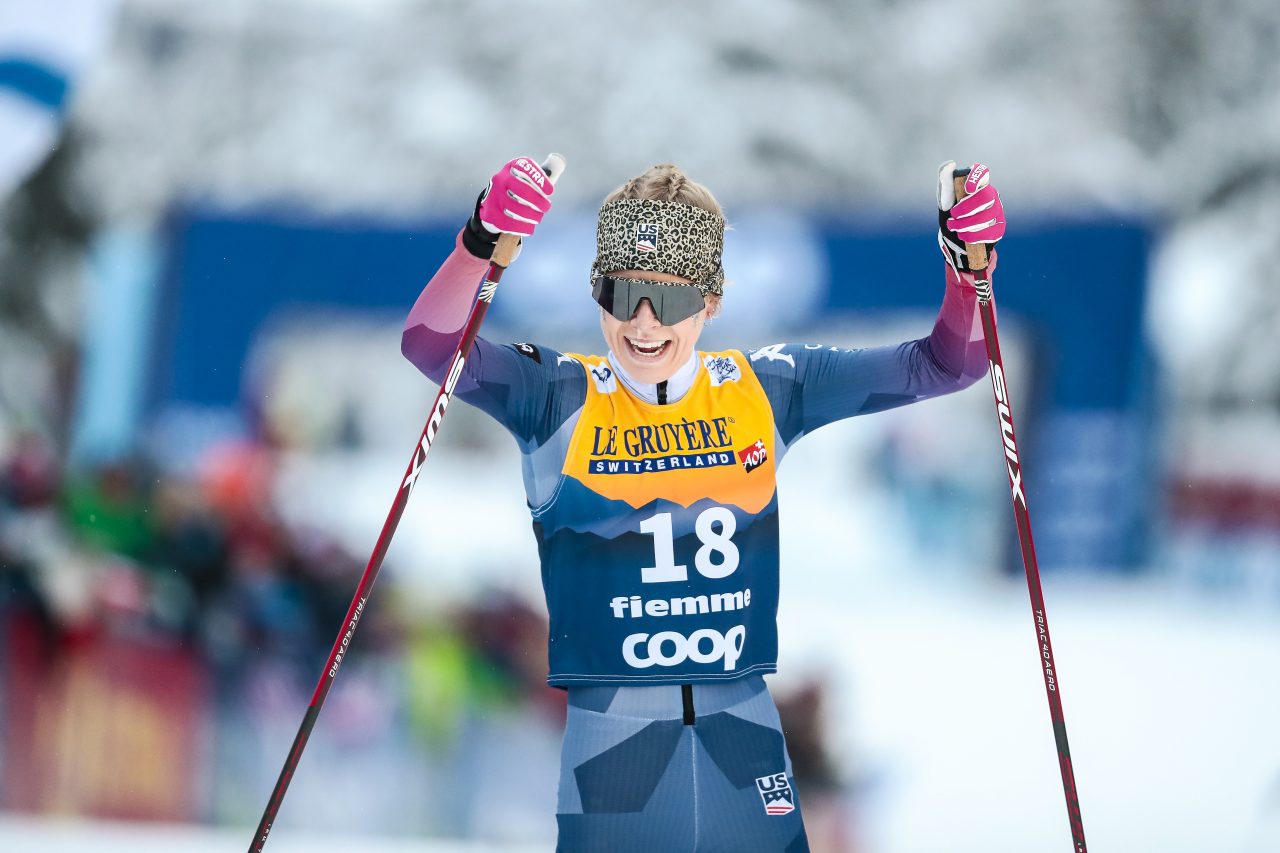
Period Two is entirely the Tour de Ski; with an eye on making the Tour more sustainable, it will all be in Italy: Toblach and Val di Fiemme. FIS also promises to “re-evaluate” the Tour over the next several years but hasn’t given any specifics about what that means. So, anything from schedule tweaking to host venues to scoring could be on the table. This year there will be seven races over nine days, with some competition in Val Di Fiemme taking place on the new 2026 Olympic courses.
Of special note for this coming Tour is that the sixth day of competition will be another 20 k Skiathlon. The Skiathlon is a fan favorite but an organizers’ challenge with added complexity needed for a transition area and preparing Classic and Freestyle courses for the same race.
Period Three will begin 12 days after the Tour ends with stops in Les Rousses, France; Engadin, Switzerland; Nove Mesto, Czech Republic; and Falun, Sweden.

After Period three, attention shifts to the World Championships which start February 26th, ten days after period three ends. The World Championships conclude March 8th and 9th with a 50-kilometer Mass Start men’s and women’s Freestyle on each date, with the women’s race held on the last day of competition. Excluding qualifiers, there will be six different races contested, which will include another Skiathlon. Many of the men’s and women’s races will be held on separate days to help the athletes rest. The U.S. women’s team will have its calendar circled for Friday, March 7th, the day for the 4 x 7.5 -kilometer relay, as the U.S. team will try to solve the heretofore unbreakable code of finding the podium in a World Championship relay.
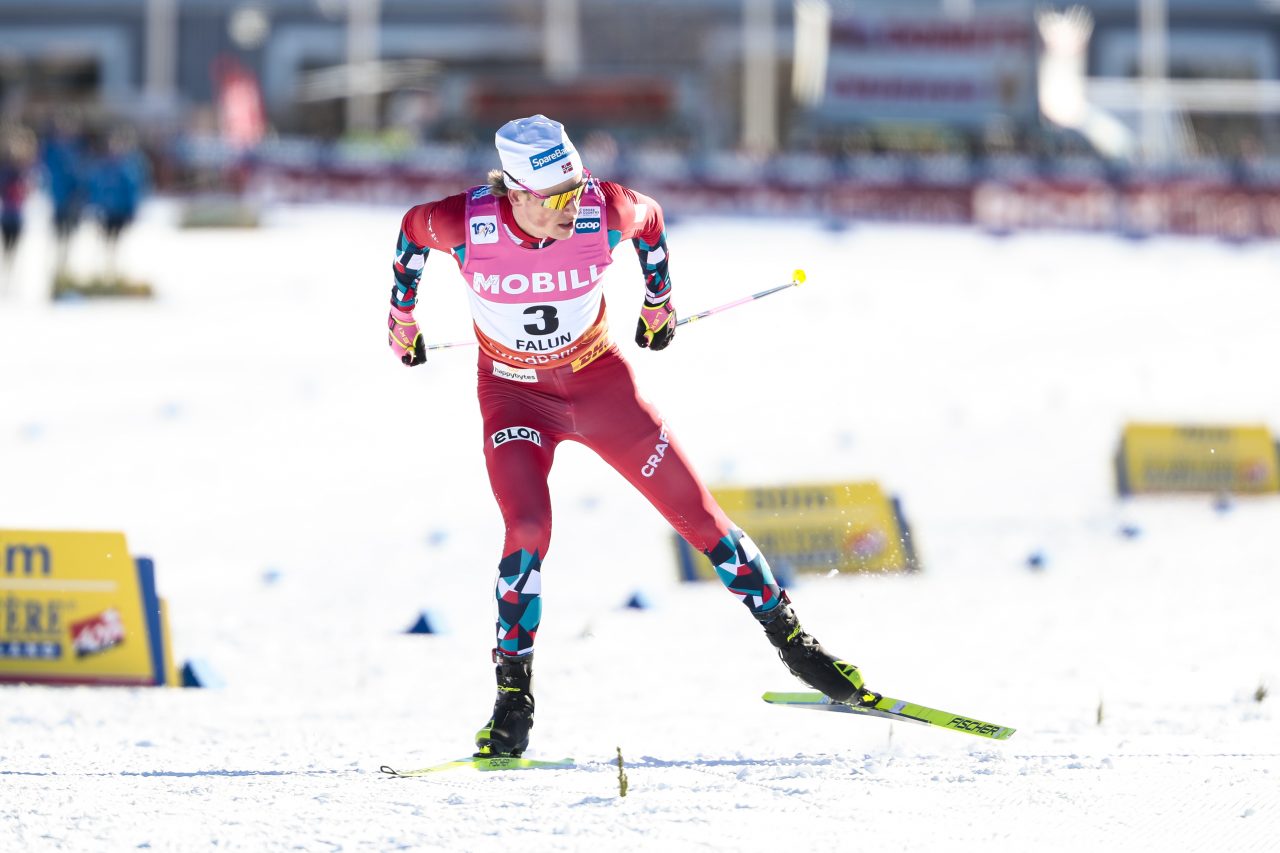
Period Four picks up on March 15th—only six days after the World Championships end—with racing in Oslo, Norway; Tallinn, Estonia; and concluding in Lahti, Finland. The last day of the season will be March 23rd when the 50 k Classic Mass Start will be held. Quite the way to end the season.
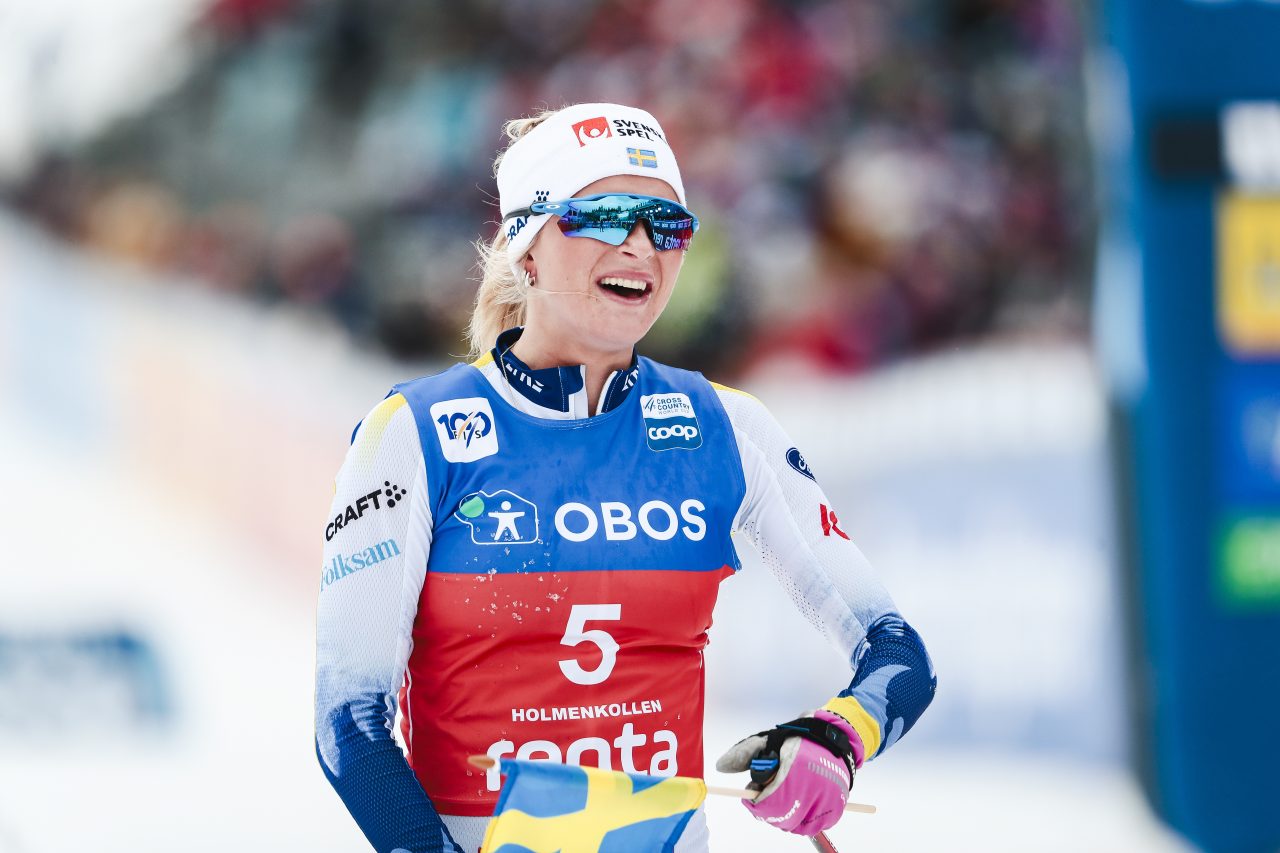
But the 800 pound gorilla on the schedule is what isn’t there. The weekend of March 15th will be in Oslo, Norway for what most fans would expect to be the iconic Holmenkollen 50-kilometer. But the venerated 50-kilometer race is gone! After much consternation surrounding this move, FIS did not see fit to change its mind and eliminated the most prestigious individual race in cross-country. It will be replaced with a 10 k Freestyle Interval Start and a 20 k Classic Mass Start race. FIS’s rationale for this decision is to avoid too heavy a physical toll on the athletes with two consecutive 50 kilometer races (Holmenkollen coming after the World Championships). Suffice to say that there is not universal approval of this decision.
Rule Fine Tuning
One of the more impactful rules adjustments was changing the maximum elevation at which races can be held. The maximum elevation threshold was increased to 2,000 meters (about 6,550 feet). This change reflects the new reality that, to ensure quality snow conditions, increases in elevation are necessary. This change will affect all future Olympics, World Cups, World Championships, and Junior World Championships. The previous maximum height had been 1,800 meters (about 5,905 feet). A 650 foot elevation increase is pretty significant at this level of competition and could affect racing outcomes.
Mark your calendars now so you don’t miss any part of another exciting season of racing.
